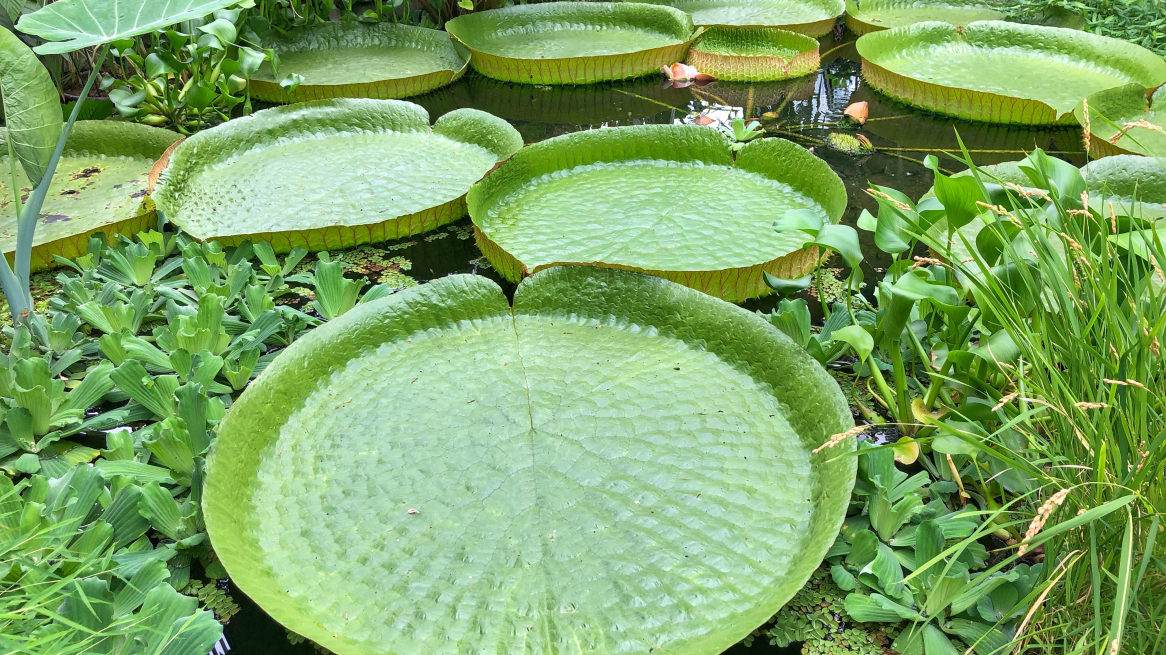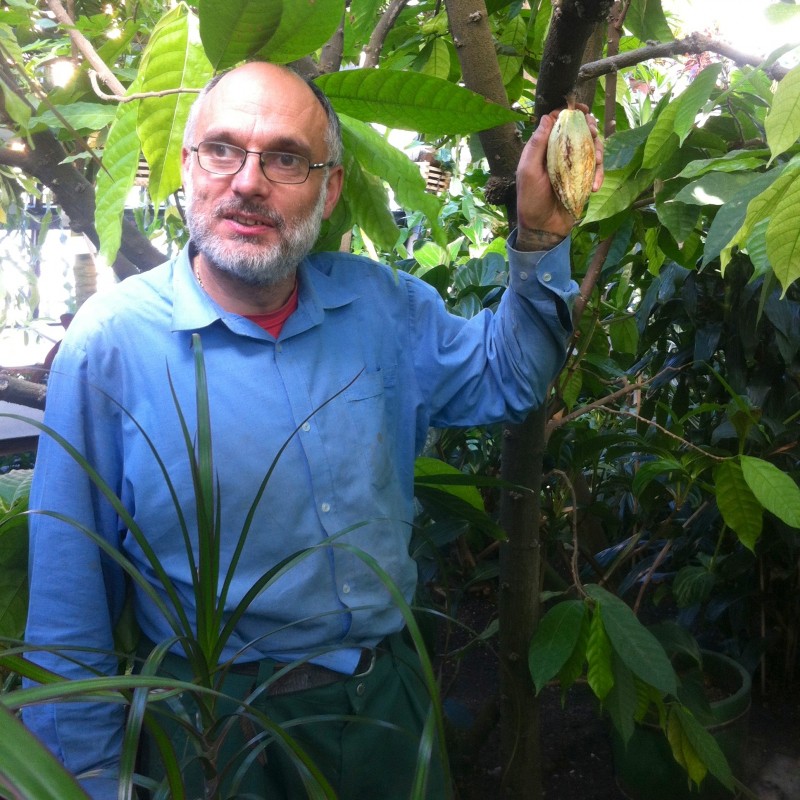
Tropical feeling in Innsbruck? But yes, even all year round. Because everyone who visits the Hofgarten's Palm House takes a kind of short trip into a steaming, tropical miniature rainforest. An attraction that has long flourished rather in obscurity and is now to be brought to new life.
Palm houses are an old tradition in Europe. This stems from the desire of emperors and kings to collect the tropical and especially exotic plants often imported from the colonies. The construction of the first palm houses coincides with the period of industrialization, when steel structures of all kinds and shapes were in vogue - just think of the Eiffel Tower. The Schönbrunn Palm House, but also the 'Crystal Palaces' in England, still bear eloquent witness to this era today.
Innsbruck's very first palm house was probably built around 1840, but has long since ceased to exist. According to old newspaper reports, it was located on the site of the old Hofgarten Café and fell victim to the pickaxe in 1902. Supposedly it was a combination of glass house, flower production and tap house. Somehow not a bad idea, in my opinion.
The colorfulness of exotic flowers is unique. Here: the flower of the Brazilian powder puff shrub. Image: W. Kräutler
Innsbruck's first pure palm house was established in 1860 on the north side of the Hofgarten. Exhibitions were then also held here on a regular basis. in 1961 it was replaced by the glass house that still exists today. From then on it was to house the botanical collection of the Austrian Federal Gardens.
For me as a layman, it is quite surprising to see everything that is there on 460 square meters: 10,000 plants from 158 plant families, 587 plant genera and 1,750 plant species. Rarities such as Victoria cruziana, one of the largest water lily species in the world, a cacao tree that also bears fruit, or the mimosa tree, which collapses its fanned leaves at the slightest touch, are the attractions of the collection housed in a huge glass house.
Helmut Wahler, the 'ruler' of the Tropical Oasis in the Hofgarten, with a cacao fruit. Image: W. Kräutler
An employee of the Austrian Federal Gardens has played a major role in ensuring that this collection of rare plants has visibly flourished for decades: Helmut Wahler, a trained master gardener and 'fanatical tropical gardener', has looked after and expanded the collections with knowledge, patience and perseverance. His particular pride is the enormous begonia collection that the Palm House now has.
New life in the Palm House
The former collection of the Habsburg emperors has now become that of the Austrian Federal Gardens, which manages and looks after the Innsbruck Palm House. Under the new director of the Federal Gardens in Innsbruck, Dipl.-Ing. Maria Nieves Pérez Rubio, the Palm House is to be virtually revitalized. "We want to show what we have," she says during my visit to the Innsbruck tropical oasis. "Currently, the concepts are being drawn up on how we can transform it into a botanical showpiece. Our stated intention is to create an attractive house that is interesting for locals as well as tourists."
Dipl.-Ing. Maria Nieves Pérez Rubio, the director of the Innsbruck Federal Gardens. Image: W. Kräutler
If you think the palm house is just for tropical rainforest plants, you're not really wrong. Because the elongated glass house is home to three different temperature and humidity zones. One of them is dedicated to steppe plants, which we call succulents and cacti. And the flowers of cacti are, after all, an inexhaustible source of pleasure for cactus lovers.
It also becomes interesting when the Victoria water lily begins to bloom or the cacao tree develops a fruit. The flowering of the giant water lily develops between June and August. The beautifully fragrant white flower opens in the afternoon, to close again at dawn. On the second day it takes on a pink color, to sink into the water on the third day. The cacao tree, on the other hand, is sometimes reluctant to develop fruit. Flowers, on the other hand, it has set, they grow directly from the trunk of the tree.
We can now look forward to seeing what ideas the Federal Gardens develop and implement for the Palm House. "What is certain is that not only extraordinary events will be increasingly communicated to the outside world in the future," promises Maria Nieves Pérez Rubio. She also wants to open up new circles of interest with special exhibitions.
In this context, she points to the extremely low admission prices and, above all, the price of an annual admission ticket for locals. It costs only 35 euros.
Information about the Palm House
The Palm House can be visited with and without guided tours and can be rented for events during the summer! Outside of exhibitions, it is open during service between 8 and 12 and between 12:30 and 16:30 .
Admission prices
Adults : € 5,-
Reduced: € 4,-
Annual ticket: € 35,-
Annual ticket reduced: € 30,-
Reduced rates for pupils up to 18 years, students and pensioners
For appointments for guided tours of the Palm House, Court Garden and Ambras Palace Park, as well as for rentals of the Palm House and Court Garden Pavilion, please contact the administration in Innsbruck, tel. 0512/58 48 03 or e-mail to office.innsbruck@bundesgaerten.at.
Pictures, unless otherwise indicated: W. Kräutler
Rate this article
Show me the location on the map
A volunteer at the "Schule der Alm" alpine farming school, cultural pilgrim, Tyrol aficionado and Innsbruck fan.
Similar articles
Golf Mecca Tyrol is known for extreme sports: snowboarding, skiing, white water rafting, paragliding. But one sport…
Board the train at your home station, a leisurely dinner, perhaps a nightcap before going to bed,…
Spring has arrived and the snow has started to melt in the mountains. Spring flowers and trees…
Mrs. Holle has generously provided us with a fresh blanket of snow. An impressive 50 centimetres fell…











